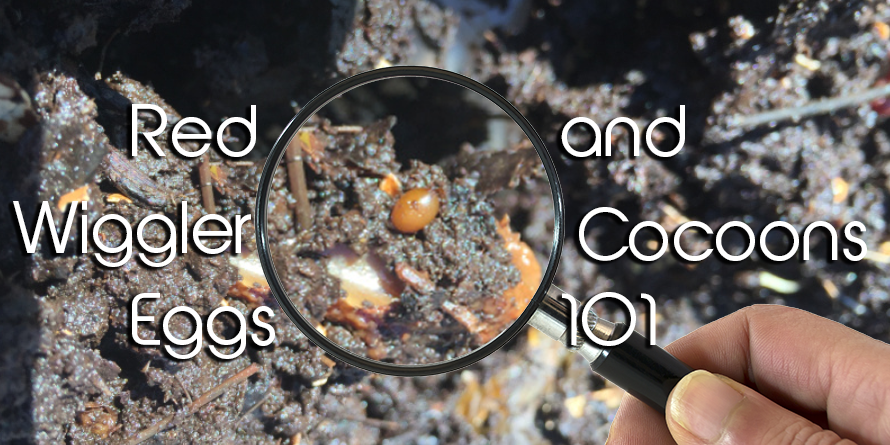Red Wigglers: The Unsung Heroes of Organic Waste Recycling
Red wigglers, or Eisenia fetida, offer as essential representatives in the organic waste recycling procedure, transforming discarded products into beneficial vermicompost. As the globe progressively seeks remedies to deal with waste accumulation and boost farming productivity, recognizing the function of these worms becomes essential.
What Are Red Wigglers?
The impressive durability of red wigglers, scientifically recognized as Eisenia fetida, emphasizes their vital function in organic waste recycling. These little, reddish-brown earthworms are usually found in decaying raw material, such as compost heap and manure lots. Lake Hickory Bait. Unlike various other earthworm varieties, red wigglers prosper in nutrient-rich atmospheres and are extremely effective at damaging down natural materials, making them vital for vermicomposting

Advantages of Composting With Worms
Composting with worms, specifically red wigglers, offers countless benefits that boost both waste management and soil health. First, these worms efficiently break down natural waste, transforming it right into nutrient-rich vermicompost that enhances dirt. This process accelerates decomposition, permitting for a much faster recycling of cooking area scraps and various other organic materials compared to typical composting approaches.
Furthermore, the vermicompost created by red wigglers is including helpful microbes, which assist improve soil framework, aeration, and dampness retention. This boosts the total health and wellness of plants, promoting vigorous development and boosted yields in yards and agricultural settings. The usage of worms in composting lessens the production of greenhouse gases, such as methane, adding to an extra sustainable waste monitoring system.

Exactly How to Beginning Vermicomposting
Developing a vermicomposting system is a straightforward procedure that can generate significant benefits for both waste management and soil enrichment. To begin, pick an ideal container, such as a plastic bin or wooden box, with adequate ventilation holes to guarantee correct airflow. The measurements ought to ideally be around 2 feet by 3 feet, allowing these details sufficient area for the worms to flourish.
Next, prepare bedding material, which can include shredded newspaper, cardboard, or coconut coir. This bedding should be dampened to develop an ideal environment for the worms. As soon as the bed linens remains in area, introduce red wigglers (Eisenia fetida) into the bin, typically around one pound of worms for every single square foot of surface area.
Following the placement of worms, include natural waste, such as vegetables and fruit scraps, coffee grounds, and crushed eggshells. Prevent including dairy, meat, or oils, as these can create smells and attract pests. Lastly, place the container in a shaded, temperature-controlled location to preserve optimal problems for worm activity. With these actions, you will efficiently start a vermicomposting system that adds to sustainable waste management and enhances your dirt.
Maintaining a Healthy And Balanced Worm Container
Oygenation is crucial. Carefully mixing the bedding and food scraps every couple of weeks stops compaction and makes sure that all worms have access to oxygen. Additionally, it is necessary to feed the worms suitably. A balanced diet regimen of vegetables and fruit scraps, coffee premises, and smashed eggshells must be provided in moderation to avoid overfeeding, which can bring about odors and bugs.
If the container ends up being as well hot or chilly, the worms might become stressed out. By carefully handling these elements, one can preserve a durable and productive worm bin.
Effect on Sustainable Living
The successful upkeep of a worm bin not only profits the health and wellness of red wigglers but likewise contributes considerably to sustainable living techniques. By recycling organic waste, such as kitchen scraps and lawn debris, red wigglers help draw away significant amounts of material from landfills. This decrease in waste not just lowers greenhouse gas emissions but also decreases the ecological concern related to waste monitoring.
In addition, the spreadings created by red wigglers work as a nutrient-rich natural fertilizer, enhancing dirt health and wellness and advertising plant growth. This natural alternative to chemical plant foods supports sustainable agriculture and horticulture techniques, minimizing reliance on synthetic inputs that can hurt communities. Furthermore, worm composting fosters understanding of waste management, motivating people and areas to adopt more lasting habits.

Final Thought
In summary, red wigglers function as important factors to natural waste recycling with their effective disintegration of natural products. Their ability to create nutrient-rich vermicompost enhances dirt health and wellness and supports lasting agricultural techniques. By integrating vermicomposting into waste management approaches, individuals and communities can dramatically minimize waste while advertising environmental sustainability. The role of Eisenia fetida in cultivating healthy and balanced ecological communities highlights the importance of these microorganisms in attaining sustainable living and boosting dirt fertility.
Comments on “Lake Hickory Bait: Your Partner for Productive Fishing on the Lake”